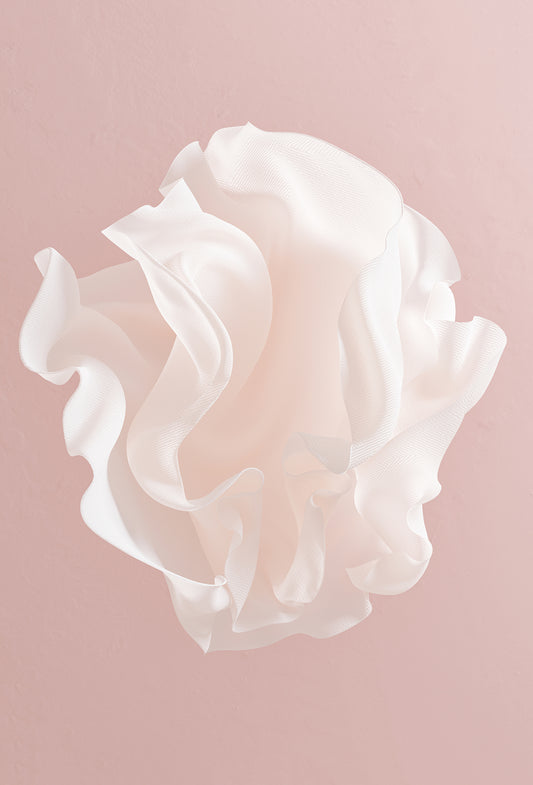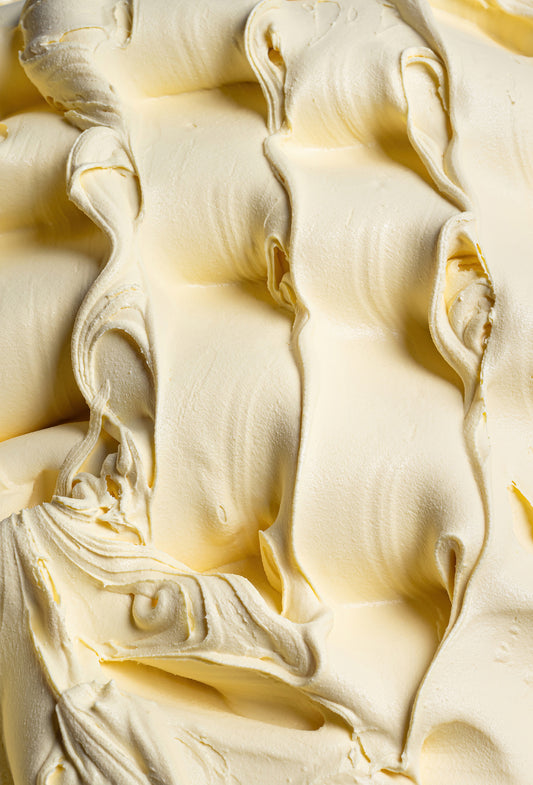IFRA is a voluntary body created by the perfume giants in Europe to set self-regulating standards. It was created in order to limit government interference in the fragrance market. IFRA is voluntary and does not require compliance by hobbyists or even commercial perfumers unless they are domiciled in nations which have placed the IFRA standards into actual law.
IFRA standards can be confusing and this is compounded by the fact that popular websites like The Good Scents Company often list arbitrary safety limits. The only standards (aside from one's own national laws) that should be used as a guide are the official ones from IFRA which can be found at the IFRA Standards Library. To be clear, you should not use The Good Scents Company section on "Safety in Use" to do these calculations.
IFRA standards apply to finished products only and in the case of perfume, that is category 4. To calculate the amount of a material you can use, you simply need to know the IFRA limit, the total amount of your formula (by weight, not volume) and the final dilution of your fragrance (including all non-juice material).
Ylang Ylang Example

Here is an example using ylang ylang oil. Ylang ylang is allowed at up to 0.73 of your finished product.
Juice total (J) = 1000g
Ylang Ylang Complete (Y) = 30g
Perfume Dilution (P) = 20% Eau de Parfum (20% pure juice used in the finished product, with 80% perfumers alcohol, colour, added fixatives, etc.)
The simplest way to calculate is this:
Y / J * P
30 / 1000 * 20 = 0.6
That means you have 0.6% Ylang Ylang in your finished product and IFRA allows up 0.73% so you are well within limits.
It should be noted that IFRA creates restrictions on natural materials based on the chemicals typically contained within, so ylang ylang is restricted to 0.73 because of a presumed total content of restricted chemicals such as isoeugenol (amongst others). These are called endpoints. If you have a certificate of analysis or have done a full GCMS analysis of your product and the endpoint materials contained are significantly lower, you can increase the amount you use of that material. In short, this means that the restriction on ylang ylang is really a default implementation of the restrictions on materials like isoeugenol, benzyl benzoate, etc.
Materials from Mulitple Sources
What do you do when you use a restricted material from multiple sources? Say you use a base with an EU allergens report showing that it contains 10% Ylang Ylang and you are already adding 30 grams of ylang ylang to your juice, as in the demo above. All you do is add one extra step - you just need to add the amount of ylang ylang from the base to your 30 grams. Here's an example:
If you use 50 grams of a base with 10% ylang ylang your extra step would look like this:
50 * 10% = C or read in decimals: 50 * 0.1 = C
Your formula now reads:
(Y + C) / J * P
Notice how we add the ylang ylang directly added (Y) to the calculated ylang ylang in the base (C)? In the example above, C = 5 (grams) giving us:
(30 + 5) / 1000 * 20 = X
or
35 / 1000 * 20 = X
so X = 0.7.
What does that mean? It means we are still under the 0.73% IFRA limit on ylang ylang.
When you had more bases with more materials, just add an extra C step for each one and add them all together as in the example above.





